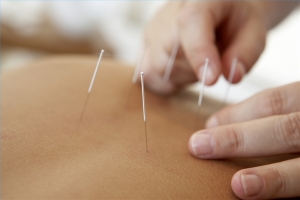Sciatica Pain - Sciatica Pain Treatment Mandurah | Chronic Low Back Pain
Sciatica pain? Sciatica pain comes from the large nerve, the sciatic nerve which passes down through the buttocks, down the back/side of the thigh and then divides into other nerves in the low leg. There are many reasons as to why this nerve becomes inflamed but it often originates from the lower back. The sciatic nerve is formed in the mid to lower part of the back and comes out at various levels in the lower back. If the back has been injured or has undue stress on it then swelling and inflammation may occur and then may then place stress on the sciatic nerve leading to what many people called a pinched nerve. This can cause severe pain in the back and down the leg/s and can be quite debilitating. It is wise to see your local Physiotherapist for a full assessment . Physiotherapists are fully qualified to deal with these type of conditions. It is certainly worth talking to your G.P about your concerns. Ensure that your therapist takes a full ...




